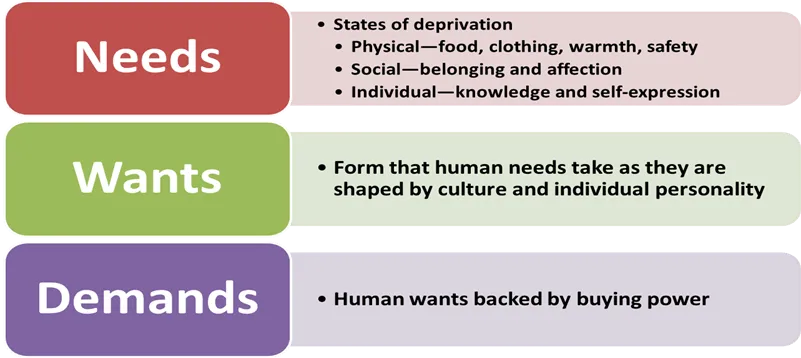Body Shop International - Case Solution
The Body Shop International Limited was founded in 1976 by Anita Roddick. It offers products in the line of skincare, perfume, body care, bath products, and cosmetics, specifically retailing natural beauty products. This case study deals with the marketing mix components and marketing concepts adopted by the Body Shop International.
Case Questions Answered
- As a newly appointed marketing executive of The Body Shop's marketing team, you have been tasked with writing a report that addresses each of the following areas:a. Understanding customers' needs, wants, and demands is at the center of every successful business. Discuss the importance of The Body Shop International understanding its customer's needs, wants, and demands.b. Identify and discuss the marketing orientation/concept that The Body Shop adopts
- a. Explain the relevance of an organization analyzing the marketing environment.b. Considering the macro environment of The Body Shop, identify and discuss one social and one environmental factor that could impact The Body Shop's business operations.c. Lush is one of the key competitors of The Body Shop in the UK. Explain the relevance of The Body Shop conducting a competitor analysis.
- Come up with a Marketing Mix analysis.
1.0 Introduction – Body Shop International Case Study
a. Company Overview – Body Shop International
The Body Shop International Limited is a British skin care, perfume, and cosmetic company (Bloomberg.com, 2018). It operates in the cosmetic industry, retailing and producing ethically-made natural beauty products. It offers body care and bath products such as body cleansers, body scrubs, moisturizers, lip care, and fragrances.
The company was started in 1976 with Anita Roddick as the founder, and in 2006, it was sold to L’Oréal for about 940 million dollars (Hartzenberg, 2017).
The company is headquartered in Croydon, London, and operates in about 66 nations through concessions, online shops, and stores. According to Mintel (2018), the Body Shop has over 2,500 stores globally.
In 2017, it recorded €1.5 billion in sales with an operating profit of -38.2% (€34 million). The brand was experiencing some difficulties under the ownership of L’Oréal. Before 2016, the company was recording about a 4.9% year-on-year decline in total sales, and for that reason, it was sold to Natural Cosmetics (Mintel, 2018).
To increase its market share, the company started opening concessions in Spain’s El Corte Ingles store chains. The Body Shop retail offering includes over 950 products with brand pricing positioned at the upper end to middle of the mass market (Mintel, 2018). The closest competitor is the Lush brand.
b. Report Purpose
The report’s objective is to explain and identify the marketing mix components and marketing concepts adopted by the Body Shop International Company. Product offerings, place, and pricing strategies will be some of the marketing mix components discussed.
The paper’s primary focus will be expounding on marketing environments that determine the competitive advantage of an organization. Besides, it will center on understanding the relevance of marking environments that influence business operations and the importance of customer needs, demands, and wants.
The report’s purpose will also include conducting a competitor analysis. The aim of these analyses will be to understand the models and concepts underpinning business marketing environments and operations.
2.0 Task 1: Demands, Wants, and Needs
a. The relevance of understanding the needs, wants, and demands of
customers
Successful businesses, including Body Shop International, often concentrate on understanding their customers’ needs, demands, and wants.
As explained by Armstrong et al. (2015), assessing customers’ needs wants, and demands helps corporations build want-satisfying product offerings and value- laden consumer relationships.
Wants are described as the unsatisfied desires of a customer that are shaped by cultural and personal preferences, which boost their fulfillment.
Customer needs are part of human conditions, which is a state of deprivation, while customer demands are the measures of human desires for products/services driven by availability (Kotler & Armstrong, 2014).
The table below provides a summary of the three elements (Kotler & Armstrong, 2014).

The importance of understanding customers’ needs, demands, and wants is to…
Complete Case Solution
Get immediate access to the full, detailed analysis
- Comprehensive answers to all case questions
- Detailed analysis with supporting evidence
- Instant digital delivery (PDF format)
Secure payment • Instant access
By clicking, you agree to our Terms of Use, Arbitration and Class Action Waiver Agreement and Privacy Policy